Katayoun Kishi
Despite legal and social limits, Iranian women play dynamic roles in politics, the arts, education, the environment, the media and human rights. They are players. President Hassan Rouhani campaigned specifically on a platform of improving women’s rights. He named four female vice presidents—on the environment, women and family affairs, and instructed his all-male cabinet to each appoint at least one female deputy; women have more rights than many other women in the region. But Rouhani has fallen short on other campaign promises, including the creation of a Ministry for Women’s Affairs. Iranian women remain restricted in their travel, work, study, and dress, and also face obstacles in divorce cases and child custody laws. The following are profiles of prominent Iranian women in politics, journalism, business, and other fields.
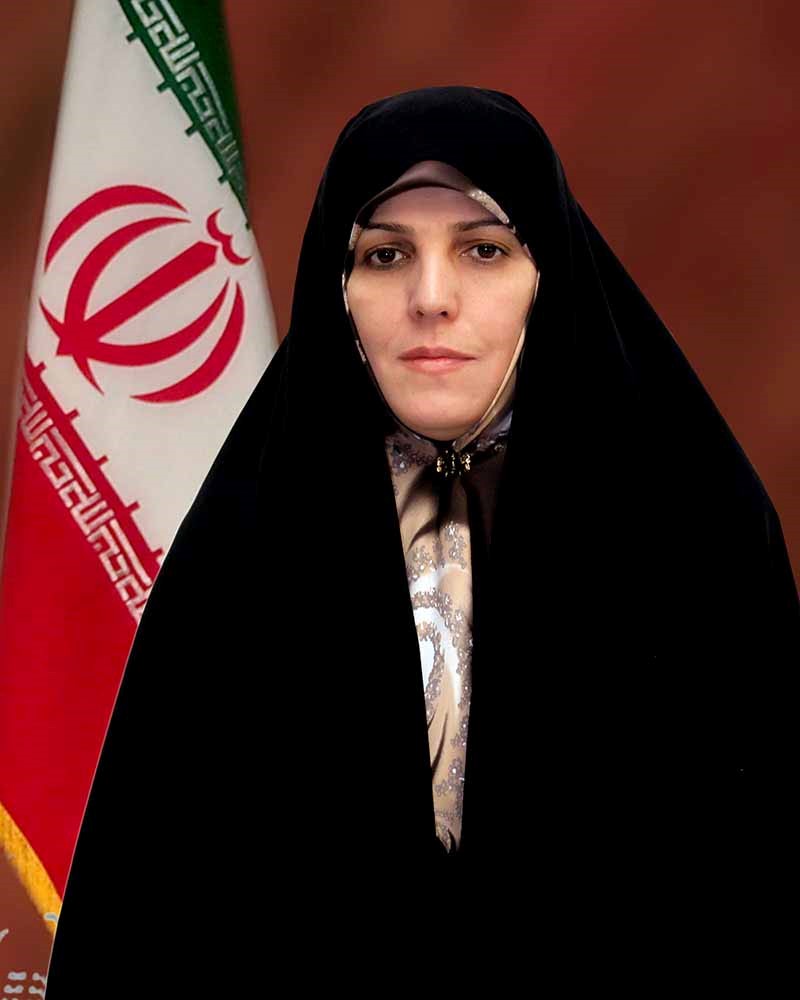 Shahindokht Molaverdi was appointed Vice President for Women and Family Affairs in 2013. Rouhani cited her “valuable experience in the field,” making her the third female vice president in his cabinet. In June 2015, Molaverdi gained international attention for her stern criticism of hardline groups’ opposition to female attendance at sporting events. In reference to groups that threatened violence if women were allowed at a volleyball event, Molaverdi said the comments came “from those who were denounced two years ago by voters, and who had crawled into their cave of oblivion for eight years.” Molaverdi holds a Master’s degree in international law from Allameh Tabatabaei University.
Shahindokht Molaverdi was appointed Vice President for Women and Family Affairs in 2013. Rouhani cited her “valuable experience in the field,” making her the third female vice president in his cabinet. In June 2015, Molaverdi gained international attention for her stern criticism of hardline groups’ opposition to female attendance at sporting events. In reference to groups that threatened violence if women were allowed at a volleyball event, Molaverdi said the comments came “from those who were denounced two years ago by voters, and who had crawled into their cave of oblivion for eight years.” Molaverdi holds a Master’s degree in international law from Allameh Tabatabaei University.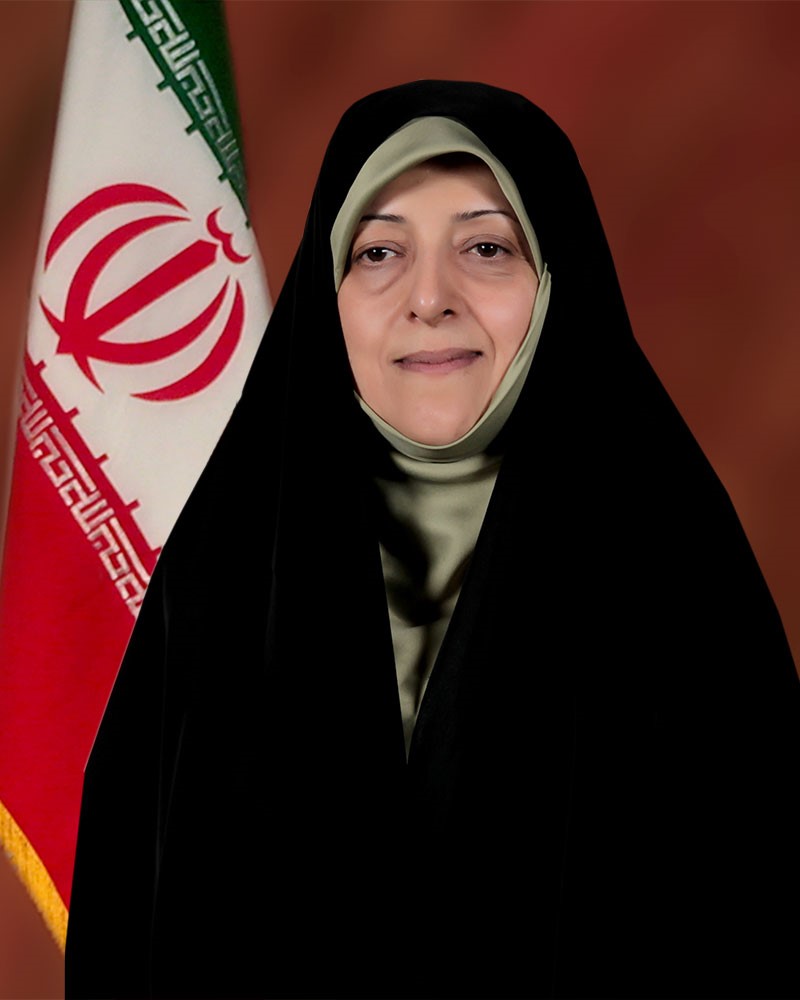 Masoumeh Ebtekar was appointed Vice President of Iran and head of the Environmental Protection Organization in 2013 by President Rouhani. She previously held the same position from 1997 to 2005, when she was the first female vice president of Iran. In 1981, she was made the editor-in-chief of the English-language newspaper, Kayhan International. During the 1979 U.S. Embassy hostage crisis, Ebtekar served as the students’ spokesperson and interpreter. She was referred to as “Mary” by the foreign press. She holds a doctorate in immunology.
Masoumeh Ebtekar was appointed Vice President of Iran and head of the Environmental Protection Organization in 2013 by President Rouhani. She previously held the same position from 1997 to 2005, when she was the first female vice president of Iran. In 1981, she was made the editor-in-chief of the English-language newspaper, Kayhan International. During the 1979 U.S. Embassy hostage crisis, Ebtekar served as the students’ spokesperson and interpreter. She was referred to as “Mary” by the foreign press. She holds a doctorate in immunology.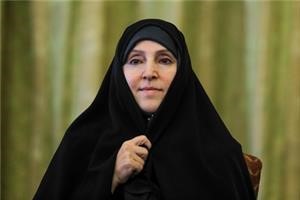 Marziyeh Afkham, a career diplomat, was appointed as Iran’s first female foreign ministry spokesperson in 2013. In October 2015, she was appointed as the ambassador to Malaysia, making her the Islamic Republic’s first female ambassador. Prior to these appointments, Afkham served as the Deputy Director-General of the Public Diplomacy Department and had a long career (1982-2011) in the Foreign Ministry.
Marziyeh Afkham, a career diplomat, was appointed as Iran’s first female foreign ministry spokesperson in 2013. In October 2015, she was appointed as the ambassador to Malaysia, making her the Islamic Republic’s first female ambassador. Prior to these appointments, Afkham served as the Deputy Director-General of the Public Diplomacy Department and had a long career (1982-2011) in the Foreign Ministry.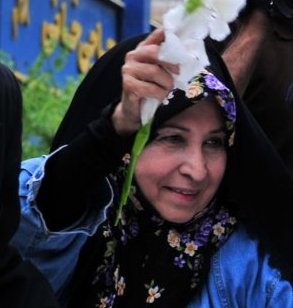 Zahra Rahnavard was the first female university chancellor and wife of former Prime Minister and 2009 presidential candidate Mir Hossein Mousavi. Appointed by Khatami, she was removed from her post in 2006 when former president Mahmoud Ahmadinejad came to power. In 2009, Ahmadinejad questioned her academic credentials during the televised campaign debates, a move that backfired on him among women. She was the first wife to campaign for her husband. She later became a spokesperson for the opposition Green Movement after her husband lost the election. Rahnavard has been under house arrest along with her husband and Mehdi Karroubi, another opposition leader, since 2011.
Zahra Rahnavard was the first female university chancellor and wife of former Prime Minister and 2009 presidential candidate Mir Hossein Mousavi. Appointed by Khatami, she was removed from her post in 2006 when former president Mahmoud Ahmadinejad came to power. In 2009, Ahmadinejad questioned her academic credentials during the televised campaign debates, a move that backfired on him among women. She was the first wife to campaign for her husband. She later became a spokesperson for the opposition Green Movement after her husband lost the election. Rahnavard has been under house arrest along with her husband and Mehdi Karroubi, another opposition leader, since 2011.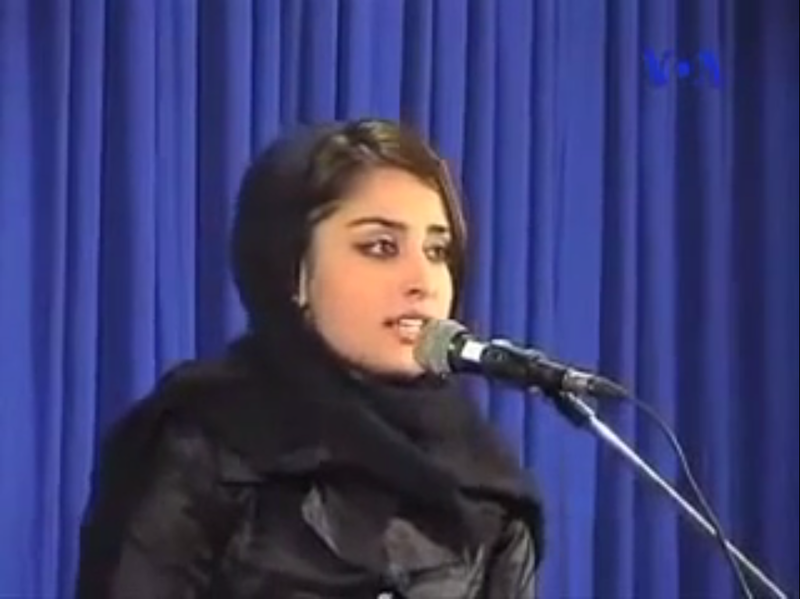 Hila Sedighi, a poet and social activist, is known particularly for her poem titled “Autumn’s Rain” about the oppression of Iranian students. She was active in Mir Hossein Mousavi’s 2009 presidential campaign, and was reportedly questioned extensively by the Intelligence Ministry following the election protests. In 2011, she was sentenced to four months in prison, to be postponed for five years.
Hila Sedighi, a poet and social activist, is known particularly for her poem titled “Autumn’s Rain” about the oppression of Iranian students. She was active in Mir Hossein Mousavi’s 2009 presidential campaign, and was reportedly questioned extensively by the Intelligence Ministry following the election protests. In 2011, she was sentenced to four months in prison, to be postponed for five years.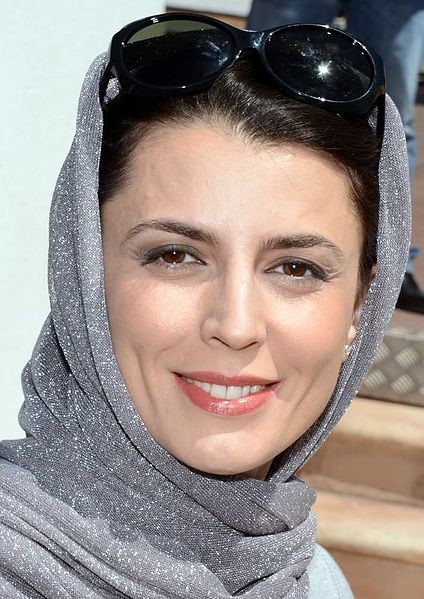 Leila Hatami, an award-winning actress, is best known for her role in the film Leila about a woman whose marriage falls apart after she is unable to conceive. She also acted in the film A Separation which won the Academy Award for Best Foreign Language Film in 2012. It was the first Iranian film to win an Academy Award. She was selected to be on the Jury of the 67th Cannes Film Festival in 2014. At the festival, she was criticized by Iran’s Deputy Culture Minister Hossein Noushabadi for shaking hands with the festival’s president and kissing him on the cheek.
Leila Hatami, an award-winning actress, is best known for her role in the film Leila about a woman whose marriage falls apart after she is unable to conceive. She also acted in the film A Separation which won the Academy Award for Best Foreign Language Film in 2012. It was the first Iranian film to win an Academy Award. She was selected to be on the Jury of the 67th Cannes Film Festival in 2014. At the festival, she was criticized by Iran’s Deputy Culture Minister Hossein Noushabadi for shaking hands with the festival’s president and kissing him on the cheek.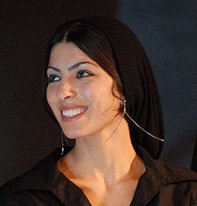 Samira Makhmalbaf, a film director, was named by The Guardian in 2003 as one of the 40 best directors in the world. Her first film, The Apple, told the true story of two young girls, imprisoned by their parents for 11 years, facing the outside world for the first time. The film was screened at the 1998 Cannes Film Festival, making Makhmalbaf the youngest director to participate in the official section of the festival, at only 18 years old. In 2000, Makhmalbaf won the Jury Prize at the Cannes Film Festival for her second film, Blackboards. She is the daughter of the celebrated Iranian filmmaker, Mohsen Makhmalbaf.
Samira Makhmalbaf, a film director, was named by The Guardian in 2003 as one of the 40 best directors in the world. Her first film, The Apple, told the true story of two young girls, imprisoned by their parents for 11 years, facing the outside world for the first time. The film was screened at the 1998 Cannes Film Festival, making Makhmalbaf the youngest director to participate in the official section of the festival, at only 18 years old. In 2000, Makhmalbaf won the Jury Prize at the Cannes Film Festival for her second film, Blackboards. She is the daughter of the celebrated Iranian filmmaker, Mohsen Makhmalbaf.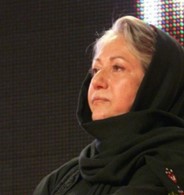 Rakhshan Bani-Etemad, considered one of Iran’s premier film directors, began her career making documentary features for the Islamic Republic of Iran Broadcasting network. Since then, she has made a number of films dealing with social and economic issues that focus on people’s daily lives. In particular, her films deal with the issues facing the poor and marginalized, regardless of gender. She was the first female filmmaker in Iran to make a movie about the Iran-Iraq war. Her films often feature strong female characters, and she has been referred to as the “First Lady of Iranian Cinema.”
Rakhshan Bani-Etemad, considered one of Iran’s premier film directors, began her career making documentary features for the Islamic Republic of Iran Broadcasting network. Since then, she has made a number of films dealing with social and economic issues that focus on people’s daily lives. In particular, her films deal with the issues facing the poor and marginalized, regardless of gender. She was the first female filmmaker in Iran to make a movie about the Iran-Iraq war. Her films often feature strong female characters, and she has been referred to as the “First Lady of Iranian Cinema.”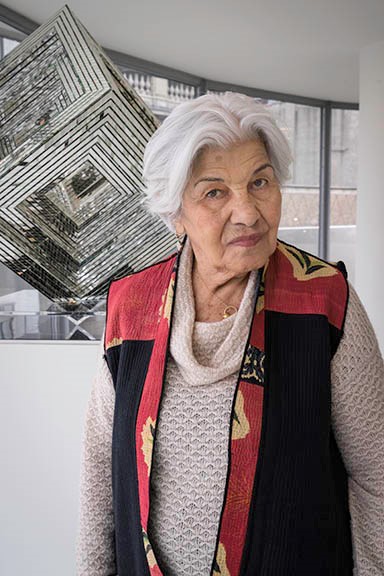 Monir Shahroudy Farmanfarmaian, one of the most prominent artists of modern-day Iran, became famous for her large-scale mirror sculptures. During her formative years, Farmanfarmaian spent time in the United States, meeting artists like Willem de Kooning and Andy Warhol. After the Islamic Revolution, she spent 26 years in exile in the United States. She returned to Iran in 2004. In addition to her mirror sculptures, Farmanfarmaian creates plaster reliefs and paints on mirrors and paper. Her work was featured in the Guggenheim Museum in 2015, marking the first U.S. exhibition of mirror works and paintings by an Iranian artist.
Monir Shahroudy Farmanfarmaian, one of the most prominent artists of modern-day Iran, became famous for her large-scale mirror sculptures. During her formative years, Farmanfarmaian spent time in the United States, meeting artists like Willem de Kooning and Andy Warhol. After the Islamic Revolution, she spent 26 years in exile in the United States. She returned to Iran in 2004. In addition to her mirror sculptures, Farmanfarmaian creates plaster reliefs and paints on mirrors and paper. Her work was featured in the Guggenheim Museum in 2015, marking the first U.S. exhibition of mirror works and paintings by an Iranian artist. Shirin Gerami,1st female triathlete to have participated in world championship wearing Iran's colours #GenderEquality pic.twitter.com/A5Xzqx52xd
— Hassan Rouhani (@HassanRouhani) September 15, 2013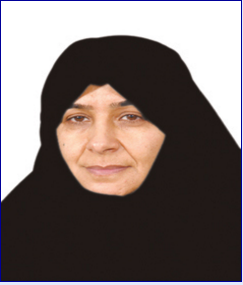 Fatemeh Alia, a conservative principlist, has represented the Tehran, Shahr-e-rey, Shemiranat, and Eelamshahr constituencies since 2004 in the seventh, eighth, and now ninth Parliament. She serves on the Councils and Interior Affairs of the Country Committee. In 2009, she was nominated to be Minister of Education in the Ahmadinejad administration. She was also previously the Vice-Director of Women’s Affairs at the Islamic Republic of Iran Broadcasting (IRIB) network.
Fatemeh Alia, a conservative principlist, has represented the Tehran, Shahr-e-rey, Shemiranat, and Eelamshahr constituencies since 2004 in the seventh, eighth, and now ninth Parliament. She serves on the Councils and Interior Affairs of the Country Committee. In 2009, she was nominated to be Minister of Education in the Ahmadinejad administration. She was also previously the Vice-Director of Women’s Affairs at the Islamic Republic of Iran Broadcasting (IRIB) network.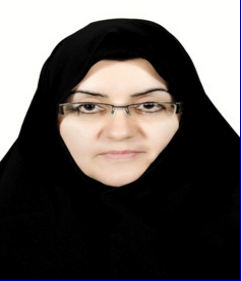 Mahnaz Bahmani, a conservative principlist, has represented the Sarab constituency since 2012. She sits on the Economic Affairs Committee.
Mahnaz Bahmani, a conservative principlist, has represented the Sarab constituency since 2012. She sits on the Economic Affairs Committee.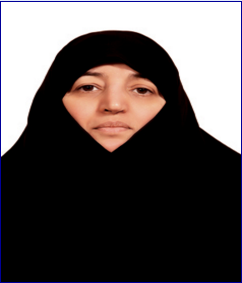 Zohreh Tabibzadeh Nouri, a conservative principlist, has represented the Tehran, Shahr-e-rey, Shemiranat, and Eelamshahr constituencies since 2012. She is on the Education and Research Committee and was previously a faculty member at Shahid Beheshti University of Medical Sciences.
Zohreh Tabibzadeh Nouri, a conservative principlist, has represented the Tehran, Shahr-e-rey, Shemiranat, and Eelamshahr constituencies since 2012. She is on the Education and Research Committee and was previously a faculty member at Shahid Beheshti University of Medical Sciences.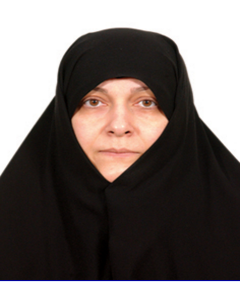 Fatemeh Rahbar has represented the Tehran, Shahr-e-rey, Shemiranat, and Eelamshahr constituencies in the seventh, eighth, and now ninth Parliament. She is part of the leadership of the Islamic Coalition Party, one of the oldest political factions in Iran. Previously, she was the Secretary of IRIB’s Internet Policy Making Supreme Council.
Fatemeh Rahbar has represented the Tehran, Shahr-e-rey, Shemiranat, and Eelamshahr constituencies in the seventh, eighth, and now ninth Parliament. She is part of the leadership of the Islamic Coalition Party, one of the oldest political factions in Iran. Previously, she was the Secretary of IRIB’s Internet Policy Making Supreme Council.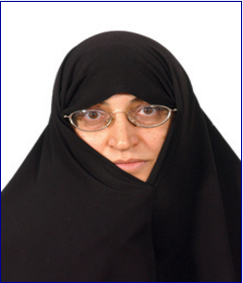 Laleh Eftekhari has represented the Tehran, Shahr-e-rey, Shemiranat, and Eelamshahr constituencies in the seventh, eighth, and now ninth Parliament. In December 2015, she wrote a letter to the First Lady of Turkey criticizing her son’s appearance in a photo with “ISIS ringleaders.” The men in the photo, however, were later identified as restaurant owners in Istanbul.
Laleh Eftekhari has represented the Tehran, Shahr-e-rey, Shemiranat, and Eelamshahr constituencies in the seventh, eighth, and now ninth Parliament. In December 2015, she wrote a letter to the First Lady of Turkey criticizing her son’s appearance in a photo with “ISIS ringleaders.” The men in the photo, however, were later identified as restaurant owners in Istanbul.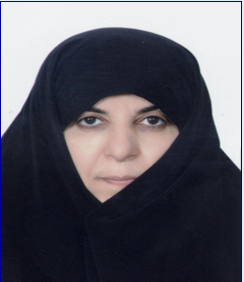 Nayyere Akhavan has represented the Isfahan province in the fifth, seventh, eighth, and now ninth Parliament. She is on the Judicial and Legal Affairs Committee. She was previously the head of the Women’s Affairs Department at the Trio Centers of the IRIB.
Nayyere Akhavan has represented the Isfahan province in the fifth, seventh, eighth, and now ninth Parliament. She is on the Judicial and Legal Affairs Committee. She was previously the head of the Women’s Affairs Department at the Trio Centers of the IRIB. 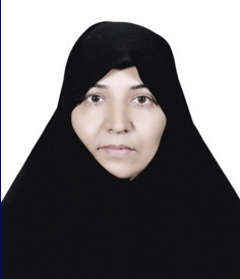 Halimeh Aali has represented Zabol, Zahak, and Hirmand constituencies since 2012. She serves on the Health and Medicare Committee and was previously a physician specializing in internal medicine. She was the first female to represent Sistan and Baluchistan provinces in Parliament.
Halimeh Aali has represented Zabol, Zahak, and Hirmand constituencies since 2012. She serves on the Health and Medicare Committee and was previously a physician specializing in internal medicine. She was the first female to represent Sistan and Baluchistan provinces in Parliament. 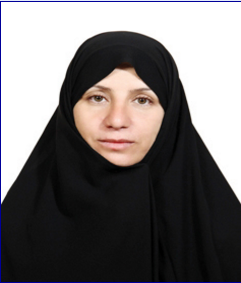 Sakineh Omrani has represented the Semirom constituency in Isfahan province since 2012. She serves on the Agriculture, Water, and Natural Resources Committee. Before being elected to Majlis, Omrani was a teacher.
Sakineh Omrani has represented the Semirom constituency in Isfahan province since 2012. She serves on the Agriculture, Water, and Natural Resources Committee. Before being elected to Majlis, Omrani was a teacher.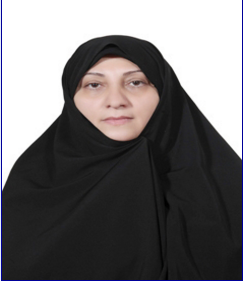 Shahla Mir Galoy Bayat has represented the Saveh and Zarandieh constituencies in Markazi province since 2012. She serves on the Health and Medicare Committee. She was previously a gynecologist and surgeon.
Shahla Mir Galoy Bayat has represented the Saveh and Zarandieh constituencies in Markazi province since 2012. She serves on the Health and Medicare Committee. She was previously a gynecologist and surgeon.
Katayoun Kishi is a research assistant at the U.S. Institute of Peace.
Photo credits: Shahindokht Molaverdi via President.ir; Masoumeh Ebtekar via President.ir; Marziyeh Afkham via Ministry of Foreign Affairs; Zahra Rahnavard by Hamed Saber from Tehran, Iran (6th Day - Mousavi n His wife) [CC BY 2.0 (http://creativecommons.org/licenses/by/2.0)], via Wikimedia Commons; Hila Sedighi (public domain) via Wikimedia Commons; Leila Hatami by Georges Biard [CC BY-SA 3.0 (http://creativecommons.org/licenses/by-sa/3.0)], via Wikimedia Commons; Samira Makhmalbaf by Ozgur Poyrazoglu via Flickr (CC BY-NC-SA 2.0); Rakhshan Bani-Etemad by Masih Azarakhsh [CC BY-SA 2.0 (http://creativecommons.org/licenses/by-sa/2.0)], via Wikimedia Commons; Monir Shahroudy Farmanfarmian By David Heald (Solomon R. Guggenheim Museum, New York) [CC0], via Wikimedia Commons; Fatemeh Alia via Islamic Parliament of Iran; Mahnaz Bahmani via Islamic Parliament of Iran; Fatemeh Rahbar via Islamic Parliament of Iran; Laleh Eftekhari via Islamic Parliament of Iran; Nayere Akhavan Bitaraf via Islamic Parliament of Iran; Sakineh Omrani via Islamic Parliament of Iran; Shahla Mir Galoy Bayat via Islamic Parliament of Iran; Halimeh Aali via Islamic Parliament of Iran
